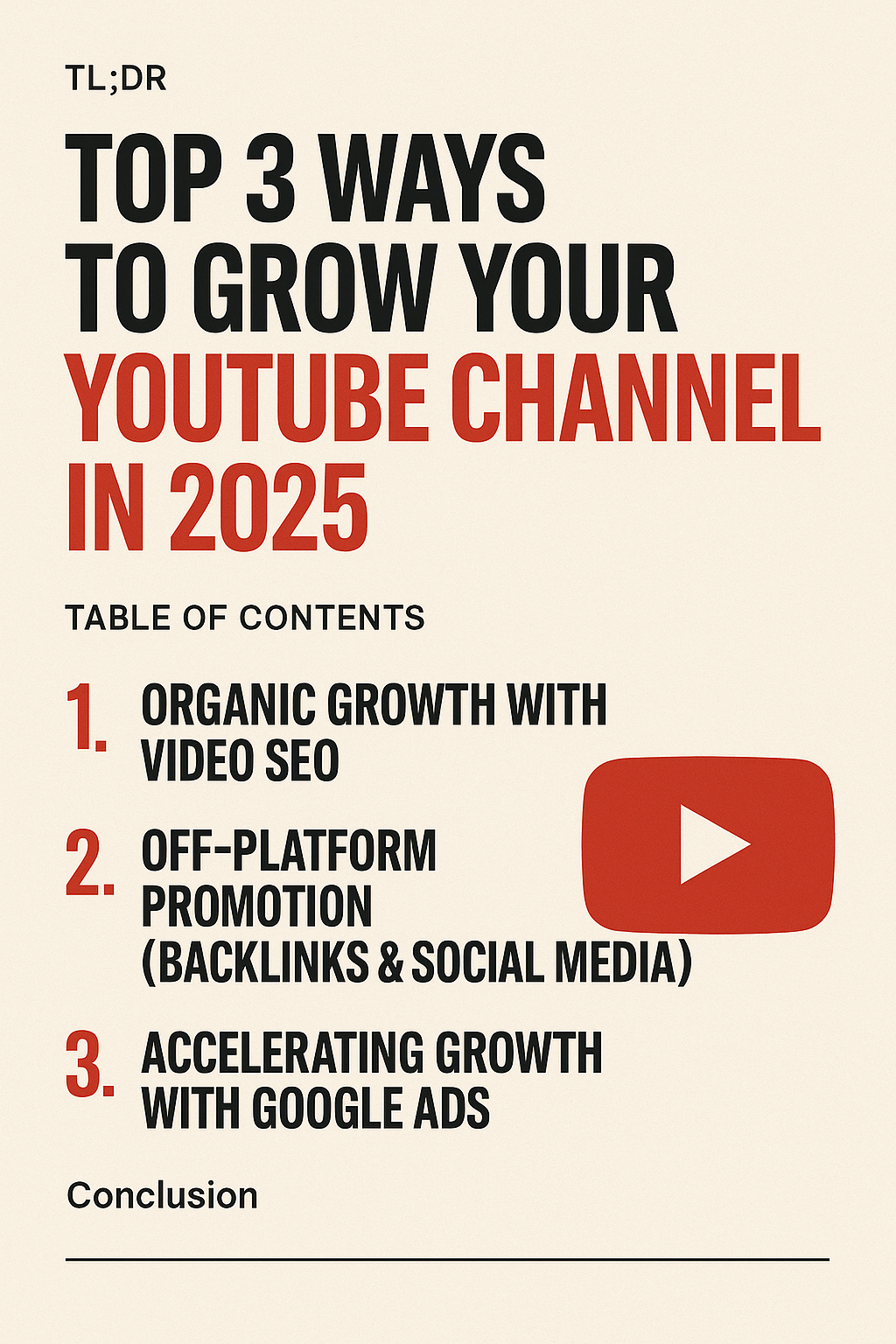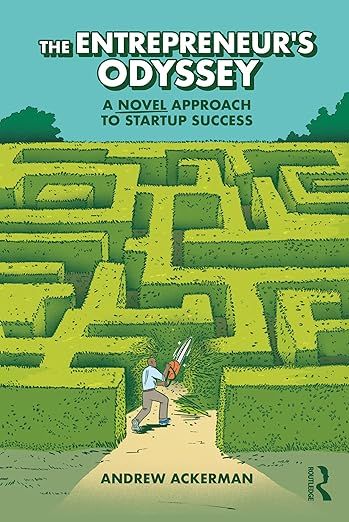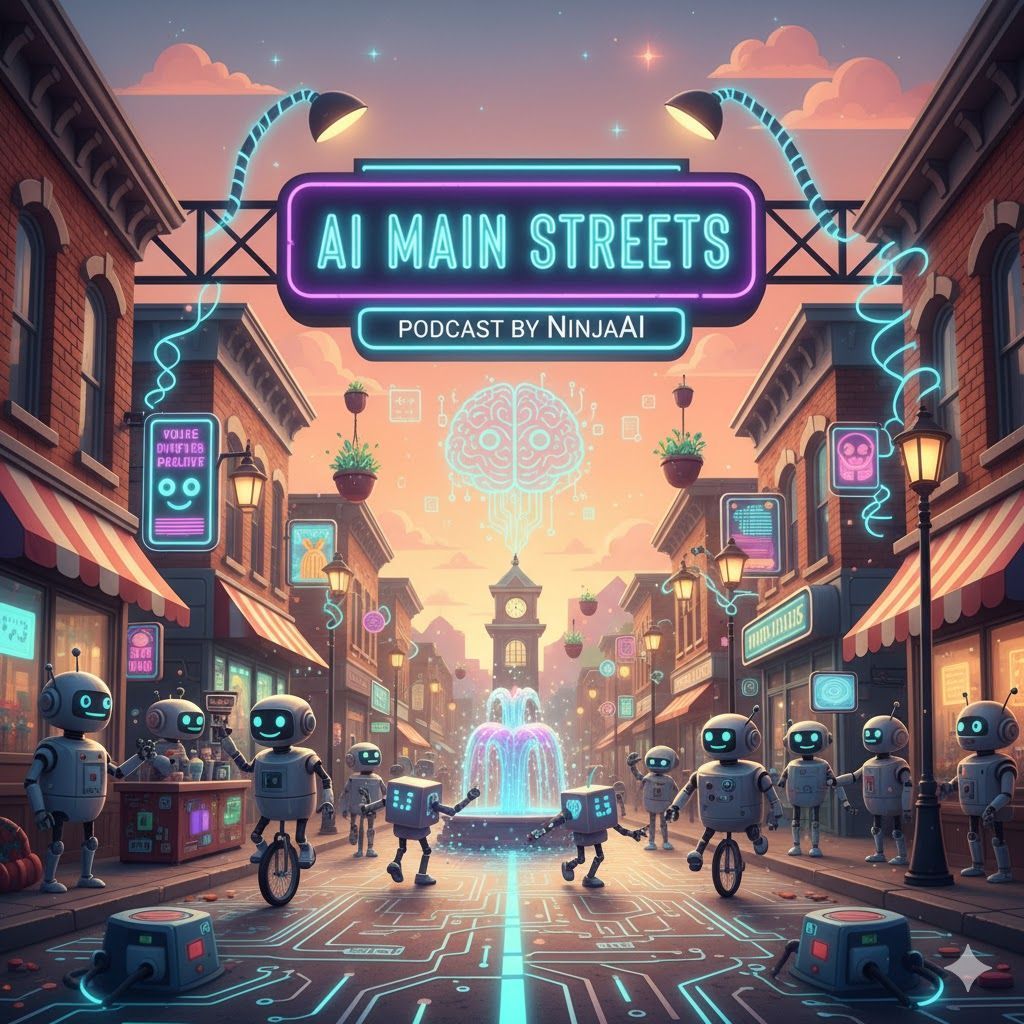3 Proven Ways to Grow Your YouTube Channel

Top 3 Ways to Grow Your YouTube Channel in 2025
TL;DR
YouTube remains one of the most powerful platforms for creators and businesses to build visibility and income. To monetize in 2025, you need 1,000 subscribers and 4,000 watch hours within 12 months. The fastest way to get there is through three strategies:
1. Organic Growth with Video SEO — build authority and longevity.
2. Off-Platform Promotion — drive external traffic through backlinks and social media.
3. Accelerated Growth with Google Ads — use smart paid targeting to expand reach.
Combined, these methods balance organic credibility with algorithmic reach and data-driven performance.
Table of Contents
1. Introduction
2. The State of YouTube in 2025
3. Organic Growth with Video SEO
4. Off-Platform Promotion (Backlinks and Social Media)
5. Accelerating Growth with Google Ads
6. How AI Is Changing YouTube Strategy
7. Common Mistakes Creators Make
8. Conclusion
9. 20 FAQs
Introduction
YouTube is no longer just a video-sharing platform; it’s a search engine, a revenue generator, and a personal brand accelerator. With over 2.7 billion active users and more than 500 hours of video uploaded every minute, standing out requires more than luck. YouTube’s monetization threshold—1,000 subscribers and 4,000 public watch hours in a 12-month window—can seem intimidating, but it’s achievable with the right blend of content strategy, optimization, and consistency.
For creators and small businesses in 2025, the platform has become more competitive yet more rewarding. New features like AI-generated video chapters, Shorts monetization, and AI-driven recommendations have reshaped how visibility works. Whether you are a Florida business showcasing your services or a creator building an educational channel, YouTube now rewards precision, data literacy, and engagement quality.
Let’s break down the top strategies for growth this year—starting with the foundation of long-term success: video SEO.
1. Organic Growth with Video SEO
Organic growth means building your audience naturally, without paying for traffic. This approach takes time but yields loyal subscribers and long-term stability.
Why It Matters
YouTube’s recommendation algorithm relies heavily on metadata, viewer retention, engagement, and relevance. When you optimize your content properly, you make it easier for YouTube to categorize and promote your videos to the right audience.
Best Practices for 2025
1. Keyword Research – Use tools like TubeBuddy, VidIQ, or Search Atlas to find high-volume, low-competition keywords related to your niche.
2. Titles That Hook – Pair your keyword with an emotional or curiosity-driven phrase. For example: “How to Build a YouTube Channel in 2025 That Actually Makes Money.”
3. Descriptions That Inform – The first two lines of your description influence click-through rates. Use them strategically with keywords and timestamps.
4. Tag Smarter, Not Harder – YouTube now relies less on tags, but well-placed tags still help with semantic understanding.
5. Closed Captions and Transcripts – These improve accessibility, international reach, and SEO. AI captioning tools make this step effortless.
6. Playlists for Retention – Group related videos into playlists. When one video ends, the next automatically plays, boosting watch time.
7. Custom Thumbnails – Use contrast, clear subject focus, and consistent branding. Avoid clickbait—it damages long-term trust.
8. Analytics Feedback Loop – Review retention graphs weekly. If viewers drop off early, adjust pacing or intros in future uploads.
Organic growth is slow but durable. It compounds over time, especially if you post consistently and engage with your comments section. Your audience will come to expect—and rely on—your regular uploads.
2. Off-Platform Promotion (Backlinks & Social Media)
Relying only on YouTube’s algorithm limits your growth. The smartest creators treat their channel as part of a larger ecosystem that includes blogs, newsletters, podcasts, and social media.
Why It Works
YouTube prioritizes videos that attract traffic from outside the platform. External clicks indicate broader interest, which boosts recommendation potential. Think of it as building “backlinks” for your videos—just like SEO for websites.
Effective Off-Platform Strategies
• Social Media Teasers – Post 15–30 second clips on Instagram Reels, TikTok, and LinkedIn to lead viewers back to your full YouTube video.
• Blog Embeds – Add your YouTube videos to your website or Medium articles to increase session duration and signal relevance to Google.
• Email Campaigns – Use your newsletter to announce new uploads. Include short summaries, thumbnails, and a call-to-action link.
• Reddit & Facebook Groups – Share videos in niche communities that align with your content, but always follow group rules.
• Influencer Collaborations – Exchange shout-outs, cross-promote in each other’s videos, or co-host live streams.
• Local SEO Integration – For Florida businesses, embed YouTube videos on local landing pages (e.g., “Tampa Roofer Explains Roof Maintenance Tips”) for dual SEO value.
Off-platform promotion amplifies your reach. The goal is to create multiple pathways for potential viewers to discover your content—whether through Google search, social media, or email referrals.
3. Accelerating Growth with Google Ads
Organic and off-platform growth build a foundation, but sometimes you need to accelerate visibility. That’s where Google Ads come in.
Why Paid Promotion Matters
YouTube is owned by Google, which means its advertising infrastructure is seamlessly integrated. When done correctly, paid promotion can deliver highly targeted exposure without violating authenticity.
How to Run Smart YouTube Ads
1. Link Your Accounts – Connect YouTube to your Google Ads dashboard so that views from ads count toward monetization.
2. Choose the Right Campaign Type – Use Performance Max for broad exposure across YouTube and Google platforms, or Video Action Campaigns for YouTube-only visibility.
3. Audience Targeting – Define your viewers by age, interests, keywords, or location. Florida-based businesses can narrow targeting to cities like Orlando or Tampa.
4. Creative Optimization – Upload multiple variations of the same video with different hooks and CTAs to see which performs best.
5. Budget Wisely – Start with $5–$15 per day. Increase only after confirming consistent ROI.
6. Retarget Viewers – Use remarketing to reach users who already visited your channel or website.
7. Measure Everything – Monitor CTR, conversions, and average view duration. Adjust based on data, not guesswork.
Even modest ad campaigns can dramatically boost visibility. A single well-optimized video ad can deliver thousands of views for pennies per click.
4. How AI Is Changing YouTube Strategy
Artificial intelligence has become central to both YouTube’s recommendation engine and creators’ workflows.
AI-driven editing platforms like Pika Labs, Runway, and Veo allow creators to generate professional-grade content without advanced production skills. Tools like ChatGPT, Gemini, and Claude can script full-length videos, generate keyword-rich titles, and even suggest tags optimized for visibility.
AI analytics help identify the best upload times, audience demographics, and content categories that convert. If your goal is monetization, automation saves you from burnout and keeps your channel consistent. The creators who embrace AI tools will outpace those who rely on manual processes alone.
5. Common Mistakes Creators Make
Even experienced creators fall into traps that stunt growth. Here are the most frequent ones:
• Ignoring Analytics – YouTube provides detailed insights, but few use them effectively. Watch-time graphs and traffic sources are gold.
• Overproduction – Fancy visuals without storytelling do not retain viewers. Substance matters more than spectacle.
• Inconsistent Uploads – The algorithm favors reliability. Posting once a week is better than posting daily for a month and disappearing.
• Misleading Thumbnails – Clickbait leads to high bounce rates and low audience trust.
• Neglecting Community – Responding to comments builds loyalty and engagement signals.
• No Clear Niche – Viewers subscribe when they know what to expect. Pick one theme and master it.
Avoiding these pitfalls can accelerate growth more effectively than any ad campaign.
6. Conclusion
The fastest-growing YouTube channels in 2025 use a hybrid approach. Organic SEO builds a foundation, off-platform promotion expands audience reach, and Google Ads provide the fuel to scale faster. Success depends on balancing creativity with strategy and embracing tools that streamline your workflow.
YouTube remains the most democratic platform for creators—rewarding authenticity, persistence, and smart optimization. Whether you’re building a brand, a business, or a side income, start implementing these strategies today.
20 FAQs
Q1. What is the fastest way to get 1,000 subscribers?
Consistent uploads, optimized titles, and viewer engagement (likes, comments, shares) are the quickest route.
Q2. Do YouTube Shorts count toward watch hours?
Not for monetization directly, but they boost discovery and lead viewers to long-form content.
Q3. How long should my videos be for monetization?
8–12 minutes is ideal for maximizing watch time and ad placements.
Q4. Should I post daily?
Quality beats quantity. One strong, optimized video weekly outperforms daily low-effort uploads.
Q5. What keywords work best in 2025?
Actionable, descriptive, and intent-based phrases like “how to,” “best way to,” or “tutorial.”
Q6. Can I reuse videos across platforms?
Yes, but reformat for vertical (TikTok/Reels) and horizontal (YouTube) formats.
Q7. Is it worth paying for YouTube ads early?
If your content is strong and consistent, ads can accelerate growth effectively.
Q8. Should I use AI tools for video scripting?
Yes. AI saves time and improves SEO structure when used correctly.
Q9. What’s the best thumbnail style?
High contrast, expressive faces, bold but clean typography.
Q10. Do tags still matter?
Less than before, but they help with content categorization and YouTube’s semantic recognition.
Q11. Is watch time more important than views?
Yes. YouTube’s algorithm prioritizes retention and engagement over pure view count.
Q12. How can I make money before monetization?
Affiliate links, sponsorships, and digital product sales work before AdSense eligibility.
Q13. Can AI editing replace a human editor?
Not completely. AI handles routine cuts and transitions, but storytelling still needs human intuition.
Q14. How often should I analyze my metrics?
At least once a week to adjust your next upload strategy.
Q15. What is YouTube’s new AI recommendation system?
It personalizes search and recommendations using viewer behavior across Google products.
Q16. Should I create multiple channels for different niches?
Only if the audiences are entirely distinct. Otherwise, diversify playlists on one channel.
Q17. Do dislikes hurt ranking?
Not directly. Engagement (likes or dislikes) still signals interest.
Q18. Can music copyrights affect monetization?
Yes. Always use royalty-free or licensed tracks through YouTube’s audio library.
Q19. How do I get featured on YouTube’s homepage?
Consistency, high watch time, and engagement velocity (early likes and comments) matter most.
Q20. What’s the most underrated YouTube growth tactic?
Community posts and polls. They increase interaction between uploads and keep your channel active in subscribers’ feeds.















